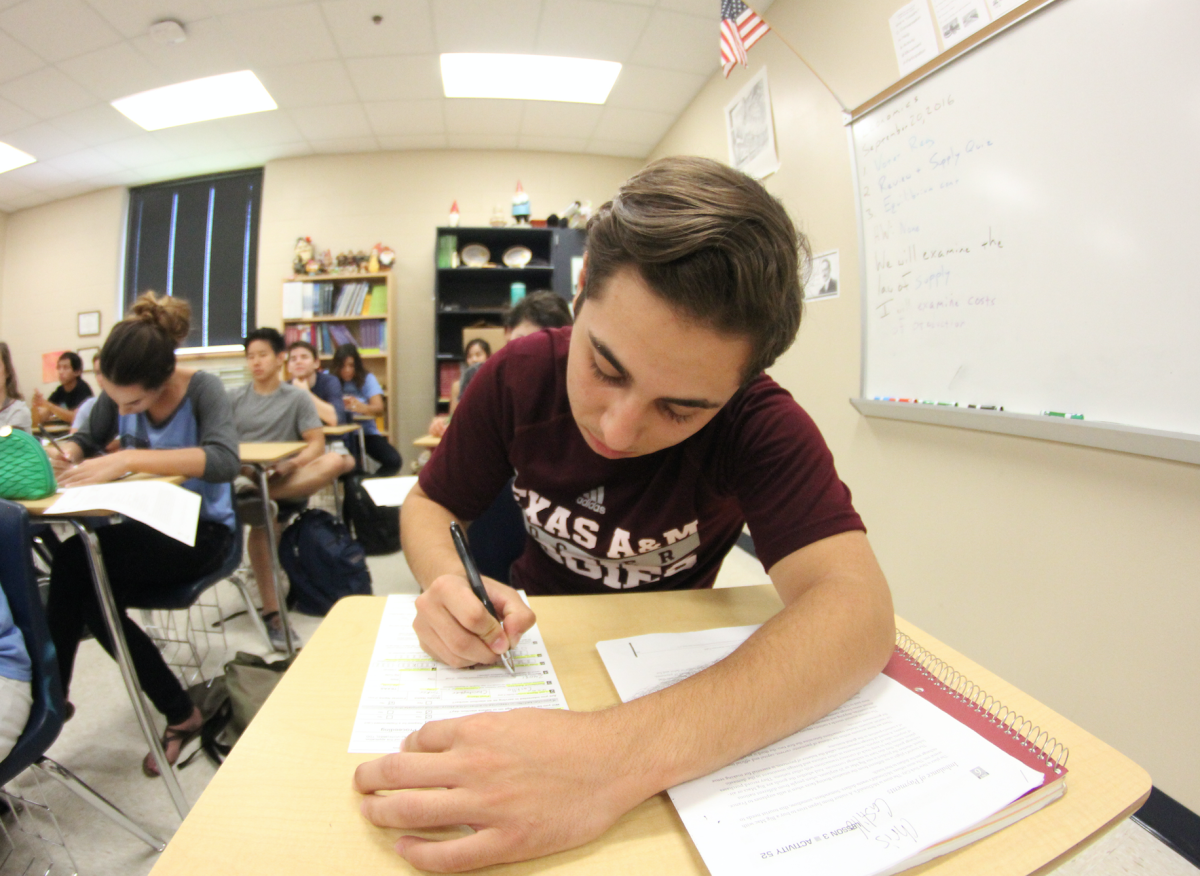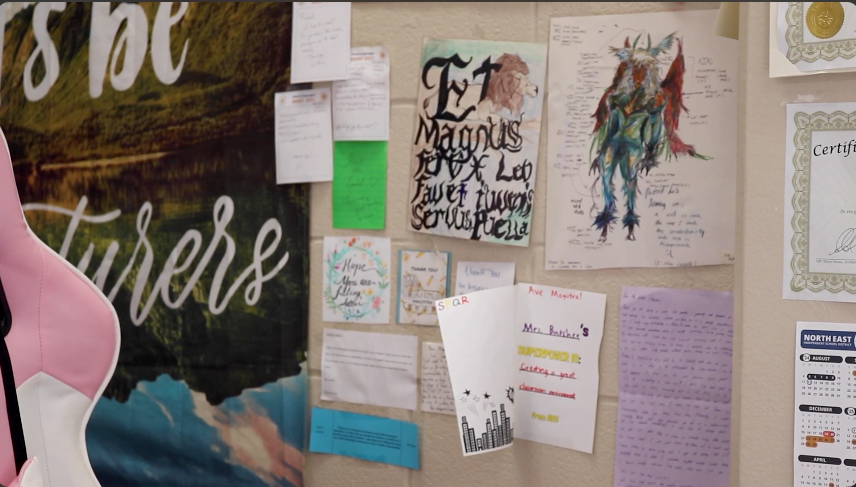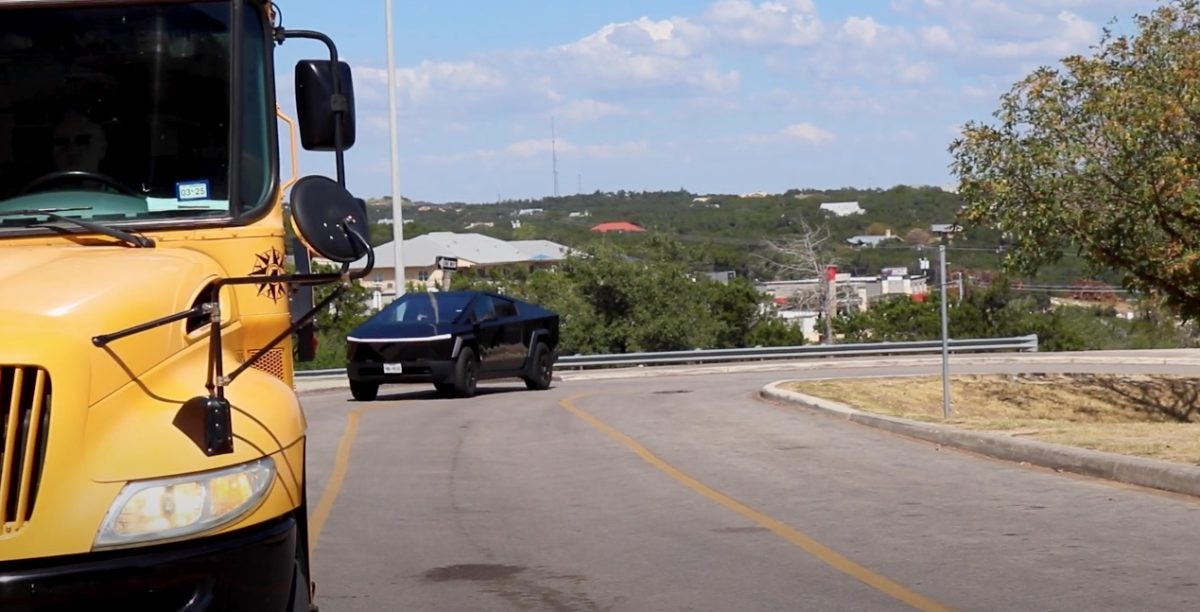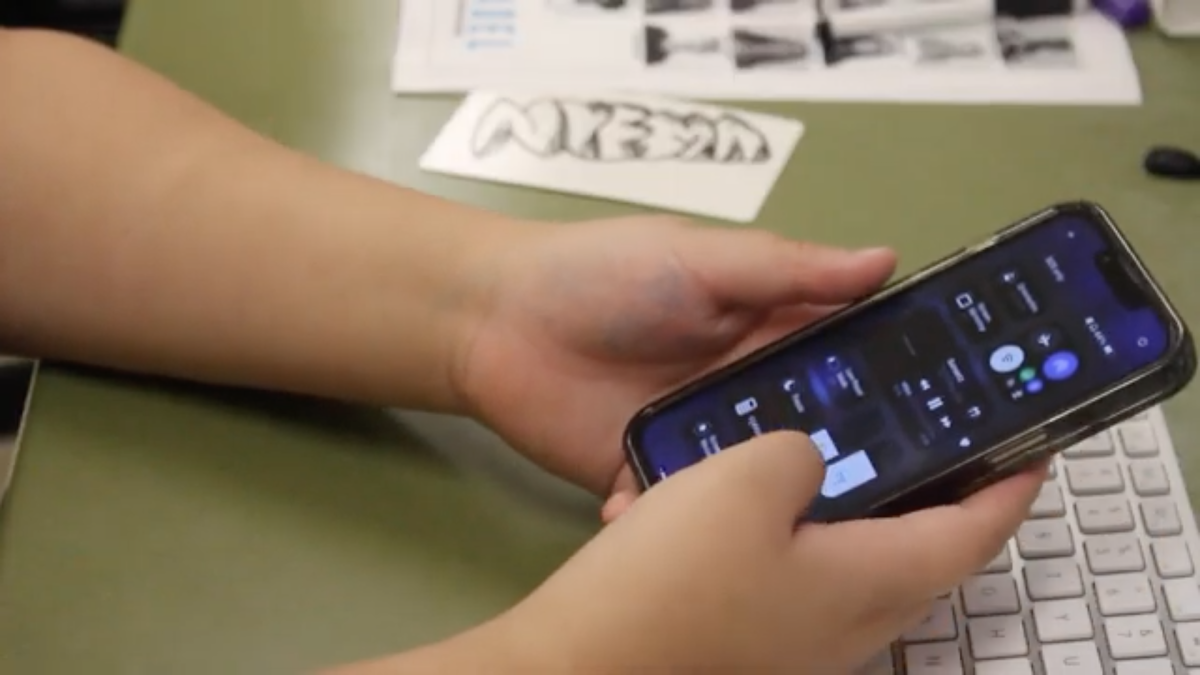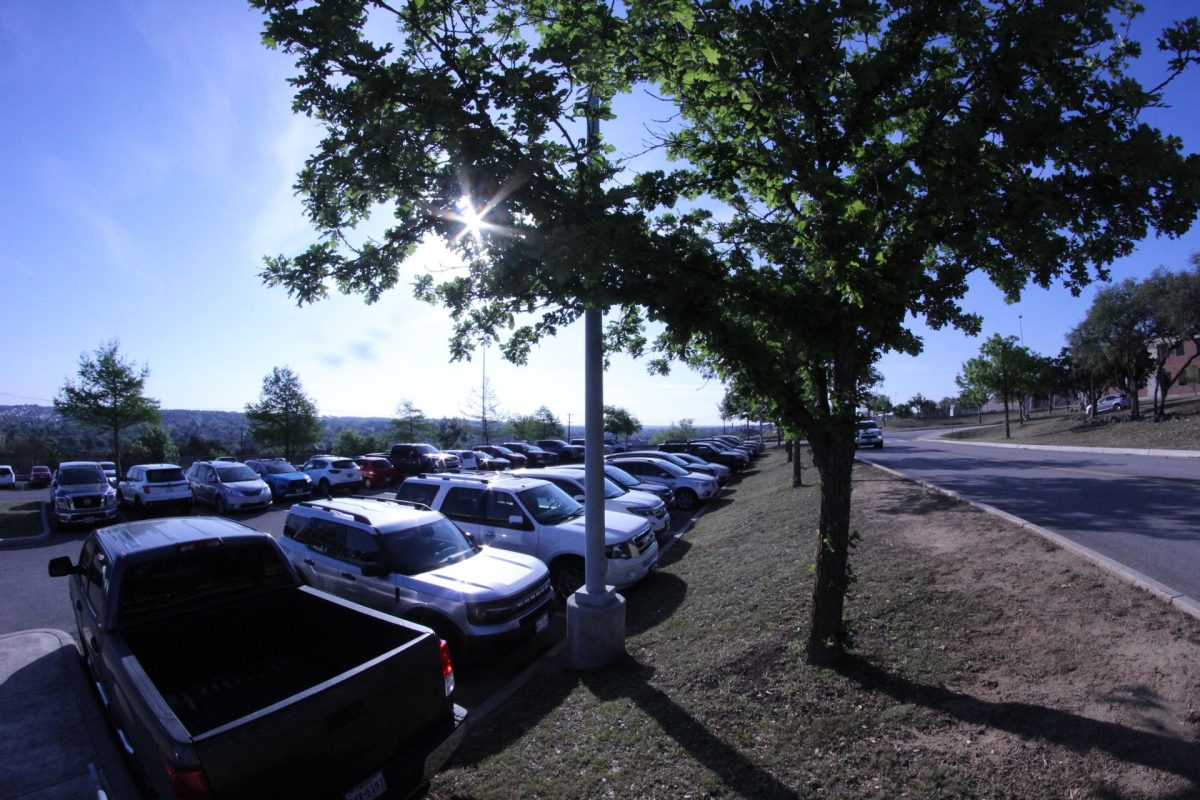by David Kent | staff writer
Every school year, in an attempt to encourage students to be involved voters, two days are set aside in government classes to register seniors to vote.
“We’ve got a group of volunteers that comes in and helps us get our students that are either already eighteen or going to be eighteen by the appropriate date,” US government teacher, Mike Martin, said. “[They’ve] helped us with getting them registered to vote.”
According to Martin, voter registration is a great way to reach out to seniors who may not have the time to register themselves out of school.
“It’s an opportunity for us to reach eighteen year olds that may not have previously gained their voter registration or who wouldn’t do it outside of school- simply because of time or lack of opportunity- and this is a great venue to help them get registered to vote,” Martin said.
Johnson has actually been doing this practice of in class voter registration since it first opened. Yet, traction for it has built up in the previous years because of the passing of a recent Texas electoral code. The electoral code allows anyone who doesn’t have the proper registration to vote, to get the ability to get the voter registration cards from local schools.
“[It] gives us the responsibility of making sure that the kids who are of age have the ability to submit a registration for voting,” Principal John Mehlbrech said. “So we have to set up some kind of plan to make sure we get the information out and the kids and the adults who are not registered or anyone within our community has the ability to fill out a registration card and then submit it.”
The state of Texas tends to send reminders to schools during periods of officials being elected to office.
“Before each election, whether it would be a primary or a full blown election, or a martial race, they always send us reminders. The state of Texas sends us reminders to be sure that you may…get all the voter registration currency. And they want to make sure that whoever is eligible has it completed so that they are able to vote in that particular election,” Mehlbrech said.
On average, 100 to 150 students are registered in-school.
“Well, obviously if you want to reach the masses, you do it through the school. Because [the] compulsory education law says you have to go to school, so that’s why we’re doing it. So it’s for convenience and to make sure the every person gets the opportunity, school is the best thing,” Mehlbrech said. “But I think in the long run, it’s more beneficial for them to have that opportunity now. As they get busier in life, they may forget.”
Voter-registration teaches students the importance of their civic responsibilities as voters.
“I think it’s a great idea and a great opportunity as we begin to talk about, communicate and teach the importance of being involved in your civic responsibilities [and] you know we put a little practice in hand here, getting them registered to vote,” Martin said. “It’s been a great success for us and really helping to understand the importance of voting and I see no reason why we wouldn’t continue to do this.”


